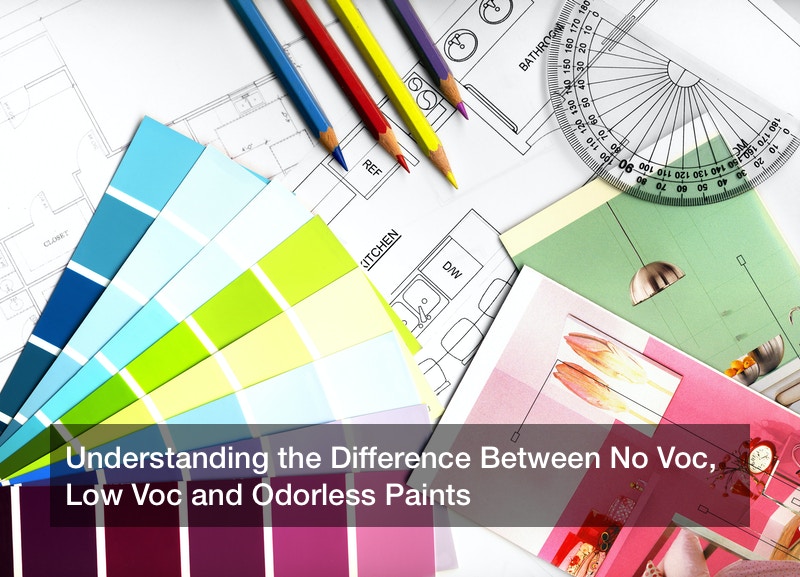
The smell of fresh paint can be really irritating for consumers and contractors alike. But the good news is that the new paint technology has seen the formulation of odorless paints, which is suitable for both indoor and outdoor applications. Generally, most people refer to odorless as low VOC paint, however, they differ in the formulation in that the odor-producing compounds in regular paints are missing in odorless paints.
Ammonia and coalescing solvents are some of the compounds that are missing in odorless paints, which are the main contributor to paint smell. These are the elements that make the difference between low VOC and odorless paint.
What are VOC Paints?
VOC paints are those that contain volatile organic compounds
and are often emitted as gases or vapors when molecules evaporate in the air. However, VOC is added to paints for several reasons including maintaining paints in liquid form, increase the product’s shelf life and prevent the re-growth of mildew, mold and bacteria over time.
These volatile compounds can be found in a range of products and not just in paints. Coatings and most household cleaning products also contain VOCs. In coatings, these compounds help the solvents within to adhere well on a surface and improve the curing period. However, they are not suitable for indoor use as they are known to cause serious health problems that majorly affect the respiratory system. During application, coatings release high amounts of VOCs in the air, but over time it will continue to release these compounds in a process called off-gassing.
What are Low VOC Paints?
Low VOC paints are generally those that have significantly reduced amounts of volatile organic compounds, meaning they don’t release much gas in the air like traditional paints. Essentially, the term “low” is used to indicate an element of comparison with some other paints. There are no measures that define what “low” means in this case.
According to the standards of the federal rule, latex and oil-based paint may have a maximum of 250 grams and 380 grams per liter respectively. Therefore any paint that contains VOCs content lower than the mentioned federal standards is deemed as low VOC paint. Low VOC paint is widely being promoted as odorless paint and is considered an eco friendly paint for a variety of applications.
What are No VOC Paints?
These are paints with no volatile organic compounds in their formulation – not to say that they are non toxic paint. Paint tinting is the process of adding and mixing tint bases and colorants to achieve particular colors. This process is known to add some VOCs in No VOCs paints. Also referred to as odorless paints, they can be used in place of low VOC paints providing the same advantages.
So what are the major differences between low VOC and no VOC or odorless paints?
- Unlike odorless paints, walls painted with low-VOC paints can be cleaned with any household cleaning products
- Use only mild cleaning products and water to clean odorless painted walls
- Wall painted in odorless should only be cleaned after 30 days
- The lack of VOC’s in odorless paints allow the re-growth of mildews, mold and mico-bacterial contamination
- Unlike regular low-VOC paints, no-VOC or odorless paints require multiple layers of coats to achieve uniform coverage
- Odorless paints should be stored in a cool place using a separate container
- With low-VOC paints you can keep them anywhere without compromising the quality of the paint
Unlike traditional odorless paints that take long to cure and dry, new versions of low and no VOC paints are proving to be a great alternative as they have an insignificant odor and tend to dry quickly. They also provide quality finishes across different surfaces and they come in an array of amazing colors.